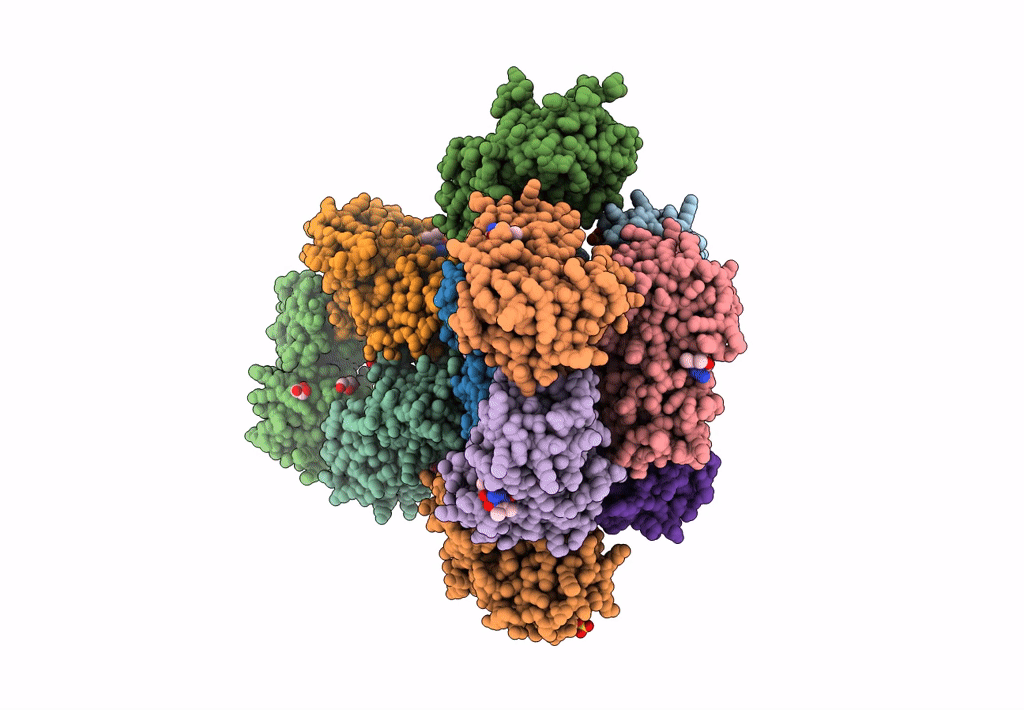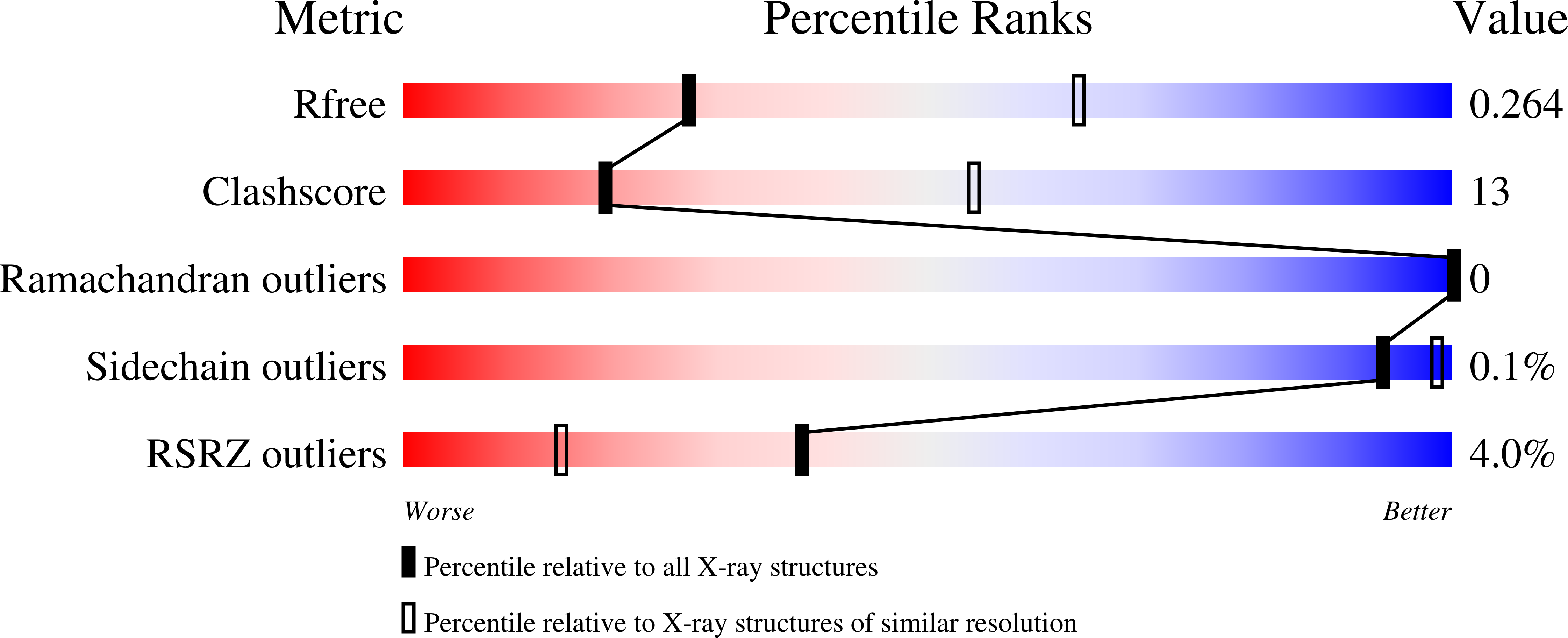
Deposition Date
2022-10-29
Release Date
2022-11-23
Last Version Date
2024-02-14
Entry Detail
PDB ID:
8EYZ
Keywords:
Title:
Engineered glutamine binding protein bound to GLN and a cobaloxime ligand
Biological Source:
Source Organism:
Escherichia coli (Taxon ID: 562)
Host Organism:
Method Details:
Experimental Method:
Resolution:
2.99 Å
R-Value Free:
0.26
R-Value Work:
0.23
R-Value Observed:
0.23
Space Group:
P 1 21 1


